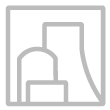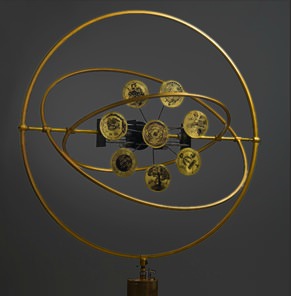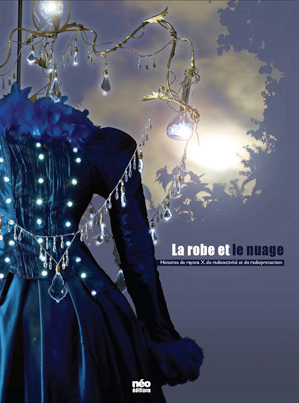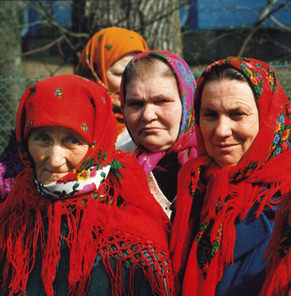Dernières publications
Findings from a Workshop on the Practical Implementation of the new ICRP Recommendations: A Contribution of the NERIS Platform
- Détails
- Catégorie : Communications
- Publication : lundi 14 mai 2012 14:00
RASKOB W., DURANOVA T., SCHNEIDER T. et al.
In 2010, the NERIS Platform was established to combine organisations from the operational, the research and the stakeholder community interested in nuclear and radiological emergency response and recovery. By the end of 2011, 37 organisations from 20 countries have already joined the Platform
Oral presentation at IRPA13, Glasgow, Sctoland, 14-18 May 2012.
Abstract
In 2010, the NERIS Platform was established to combine organisations from the operational, the research and the stakeholder community interested in nuclear and radiological emergency response and recovery. By the end of 2011, 37 organisations from 20 countries have already joined the Platform which comprises national and local authorities, technical support organisations, professional organisations, research institutes, universities and non-governmental organisations.
One of the NERIS Platform working groups is focused on the practical implementation of the new ICRP recommendations: how they can be applied in the national context; and how they can be integrated into existing Decision Support Systems for emergency and recovery preparedness and management. This challenge is also tackled with a European research project, NERIS-TP. To support this activity, the ICRP working group of the NERIS Platform has organised a working group meeting in 2010 and an international workshop in Bratislava in February 2012. This Workshop will provide a forum for discussion and sharing of experiences on the implementation of the ICRP Recommendations for the protection of people in emergency exposure situations and living in long-term contaminated areas after a nuclear accident or a radiation emergency. International, European and national perspectives will be presented. Furthermore, the workshop will provide an opportunity to explore the methodological and computational aspects related to the practical introduction of these recommendations in the existing decision support tools used in European Countries.
This paper presents the main findings of the workshop with particular emphasis on the methodological aspects and computational tools that might be implemented into the decision support tools ARGOS and RODOS in the frame of the NERIS-TP project.
A1117

 Le Centre d’étude sur l’Évaluation de la Protection dans le domaine Nucléaire (CEPN) est une association à but non lucratif, fondée en 1976, pour évaluer la protection de l’Homme contre les dangers des rayonnements ionisants, sous ses aspects techniques, sanitaires, économiques et sociaux.
Le Centre d’étude sur l’Évaluation de la Protection dans le domaine Nucléaire (CEPN) est une association à but non lucratif, fondée en 1976, pour évaluer la protection de l’Homme contre les dangers des rayonnements ionisants, sous ses aspects techniques, sanitaires, économiques et sociaux.

